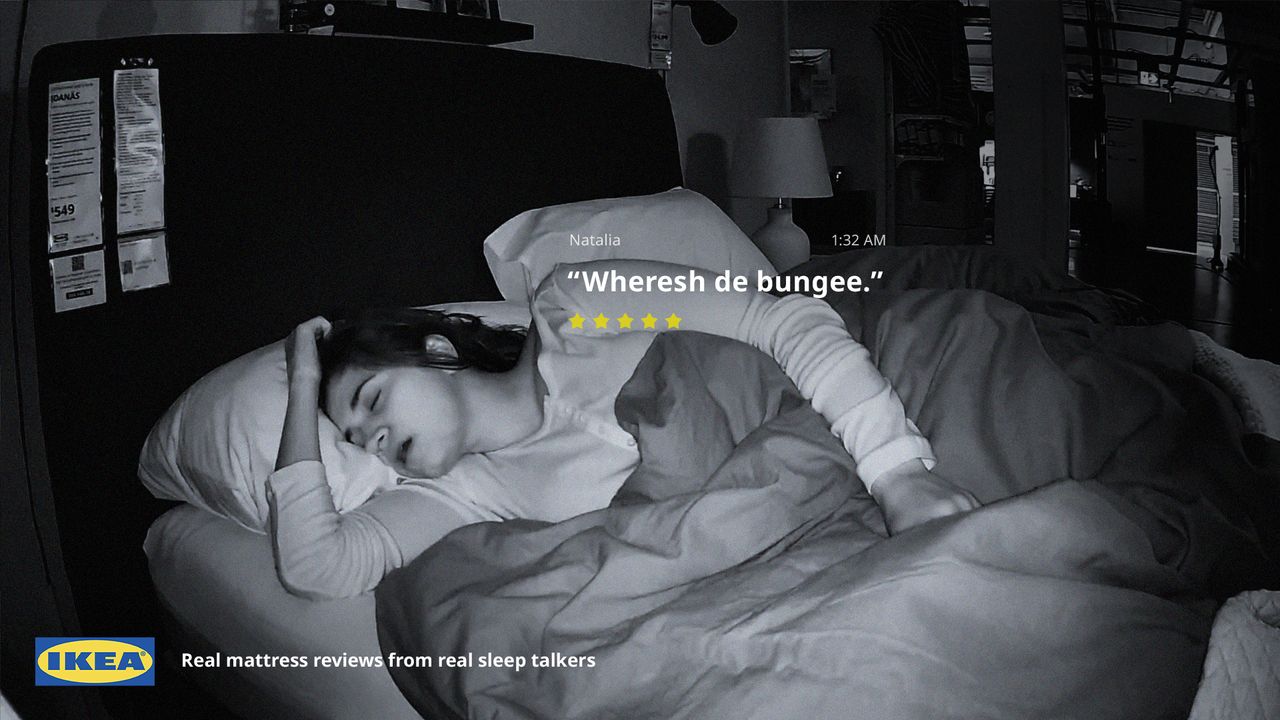Ikea’s latest mattress ad has taken the art of sleep to a whole new level. Who knew that the secret to a good night’s rest was simply letting the mattress do all the talking? Forget about cozy sheets or bedtime stories; apparently, all we need is a Swedish mattress whispering sweet nothings to us. I can just picture the boardroom meeting: “Let’s make an ad where the mattress literally talks. It’s genius!” Because, you know, nothing says “I care about your sleep” quite like a mattress with a personality. Next up, I expect to see beds giving TED talks on the benefits of napping.
#Ikea #MattressMadness #SleepTalk #SwedishComfort #AdHumor
#Ikea #MattressMadness #SleepTalk #SwedishComfort #AdHumor
Ikea’s latest mattress ad has taken the art of sleep to a whole new level. Who knew that the secret to a good night’s rest was simply letting the mattress do all the talking? Forget about cozy sheets or bedtime stories; apparently, all we need is a Swedish mattress whispering sweet nothings to us. I can just picture the boardroom meeting: “Let’s make an ad where the mattress literally talks. It’s genius!” Because, you know, nothing says “I care about your sleep” quite like a mattress with a personality. Next up, I expect to see beds giving TED talks on the benefits of napping.
#Ikea #MattressMadness #SleepTalk #SwedishComfort #AdHumor









